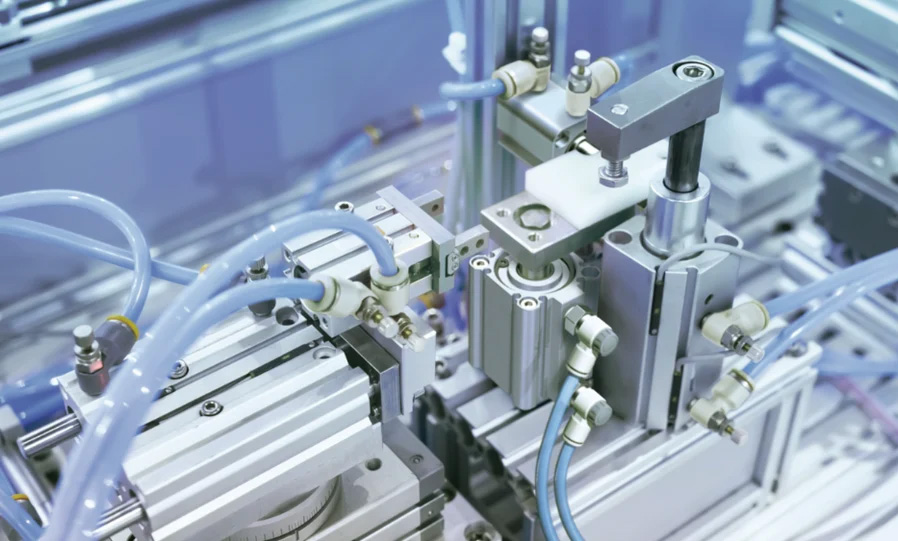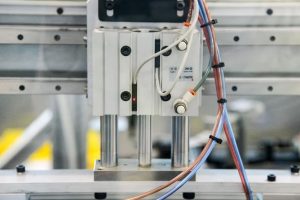Pneumatic Power: How Compressed Air Keeps Things Moving!

Ever wondered how those big machines in factories move so smoothly or how your dentist’s drill powers up so reliably? It all comes down to the nifty technology of pneumatic systems! Let’s break it down in a way that won’t make your eyes glaze over.
First Things First: What’s “Pneumatic” Mean?
The word “pneumatic” comes from the Greek word pneuma, meaning “wind” or “breath.” Imagine harnessing the power of a good strong breeze—but instead of blowing your hat off, it’s doing some seriously cool stuff like moving heavy objects or making machines buzz into action. At its core, pneumatics is all about using compressed air to do work. Think of it like blowing up a balloon, then letting it go and watching it zip around, only a bit more controlled!
A Peek Into History: Who Dreamed This Up?
Way back in ancient Greece, there was a smart guy named Ctesibius of Alexandria, who started experimenting with air, water, and steam in the 3rd century BCE. He invented early “pneumatic” devices, like water organs and mechanical toys. Fast forward to today, and that ancient curiosity about pressurised air has evolved into the pneumatic systems powering everything from manufacturing robots to nail guns.

So, How Do Pneumatic Systems Work?
At the heart of it, a pneumatic system is like a team of players working together to make magic happen. Here’s a quick breakdown of the main players:
- Air Compressor: Think of this as the lungs of the system. It pulls in atmospheric air and compresses it, giving it a good energy boost.
- Valves: These are like the traffic cops, directing the compressed air exactly where it needs to go.
- Actuators and Cylinders: These guys are the muscles. They take the pressurised air and turn it into movement—either in a straight line (linear) or spinning (rotary).
All these parts work in harmony to produce motion, whether lifting something heavy, moving it from A to B, or even spinning tools in a workshop.
Why Pneumatic Systems Are So Popular
What’s so great about pneumatic systems? Well, they’re:
- Simple: No fancy electronics or complex circuits—just good old air doing the job.
- Reliable: Compressed air is super consistent, so these systems can run day in and day out without missing a beat.
- Safe: Air isn’t flammable or as hazardous as some other power sources, making it a safer option for many tasks.
Where Do We See Pneumatics in Action?
Pneumatic systems are everywhere! In factories, they move conveyor belts, operate robotic arms, and even power drills. In healthcare, they’re in the dentist’s drill (that dreaded high-pitched sound!) and other precision tools. You’ll even find them in theme parks, powering the animatronic characters that make your favourite rides come to life.
Wrapping It Up
Pneumatics might have ancient roots, but they’re still rocking the modern world by turning compressed air into motion. From heavy machinery to tiny tools, these systems are proof that sometimes, the simplest ideas—like putting air to work—can have the biggest impact.



